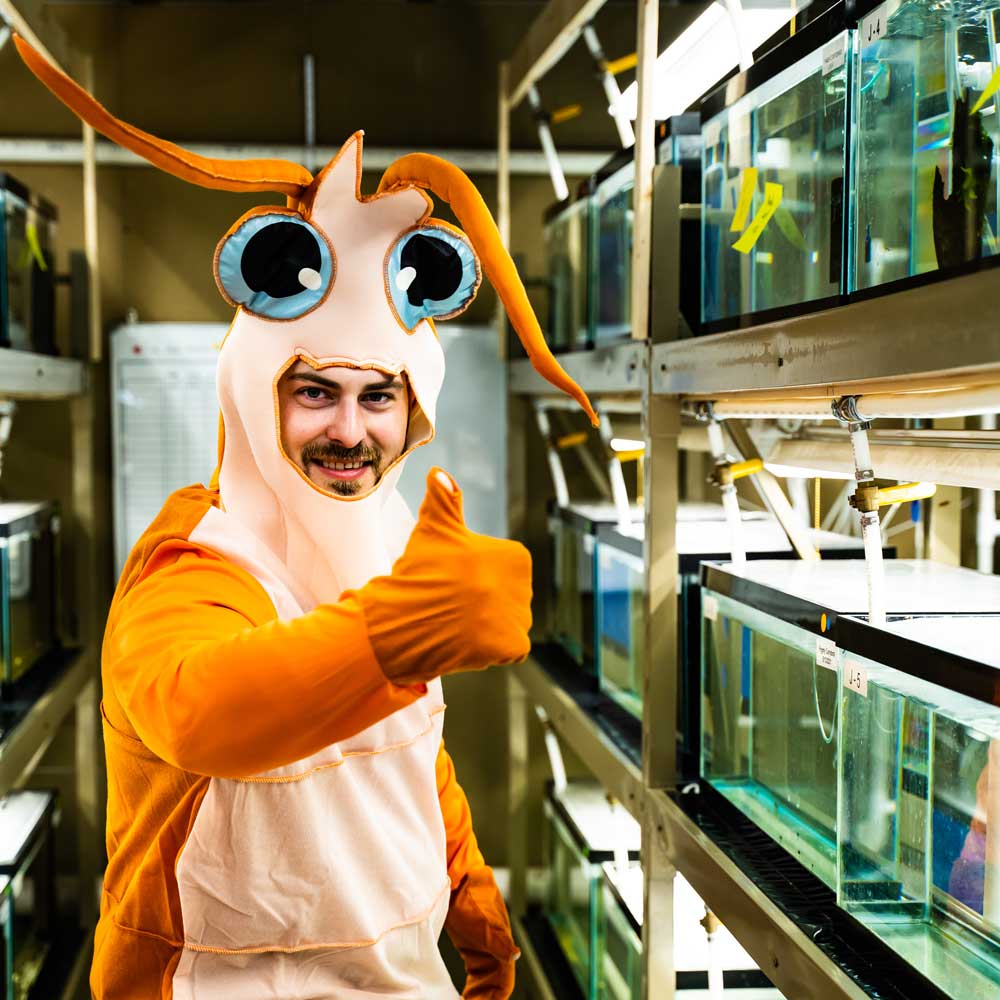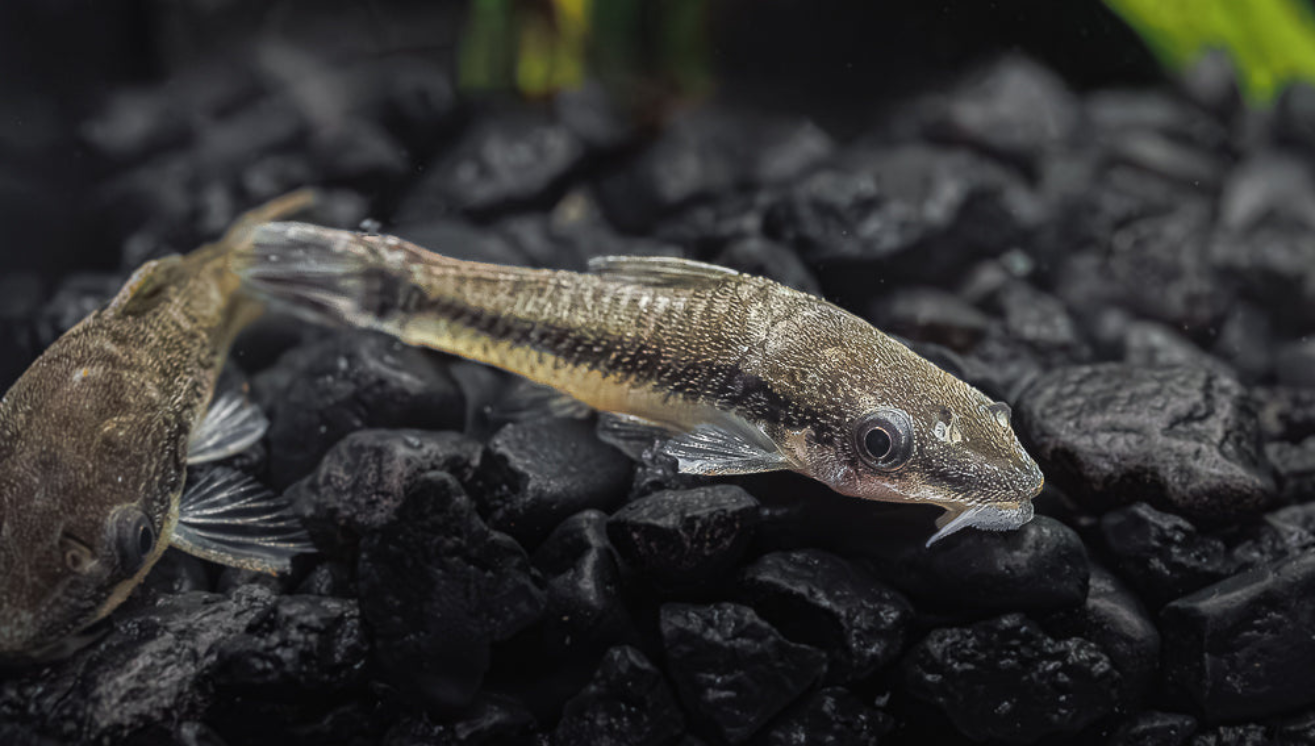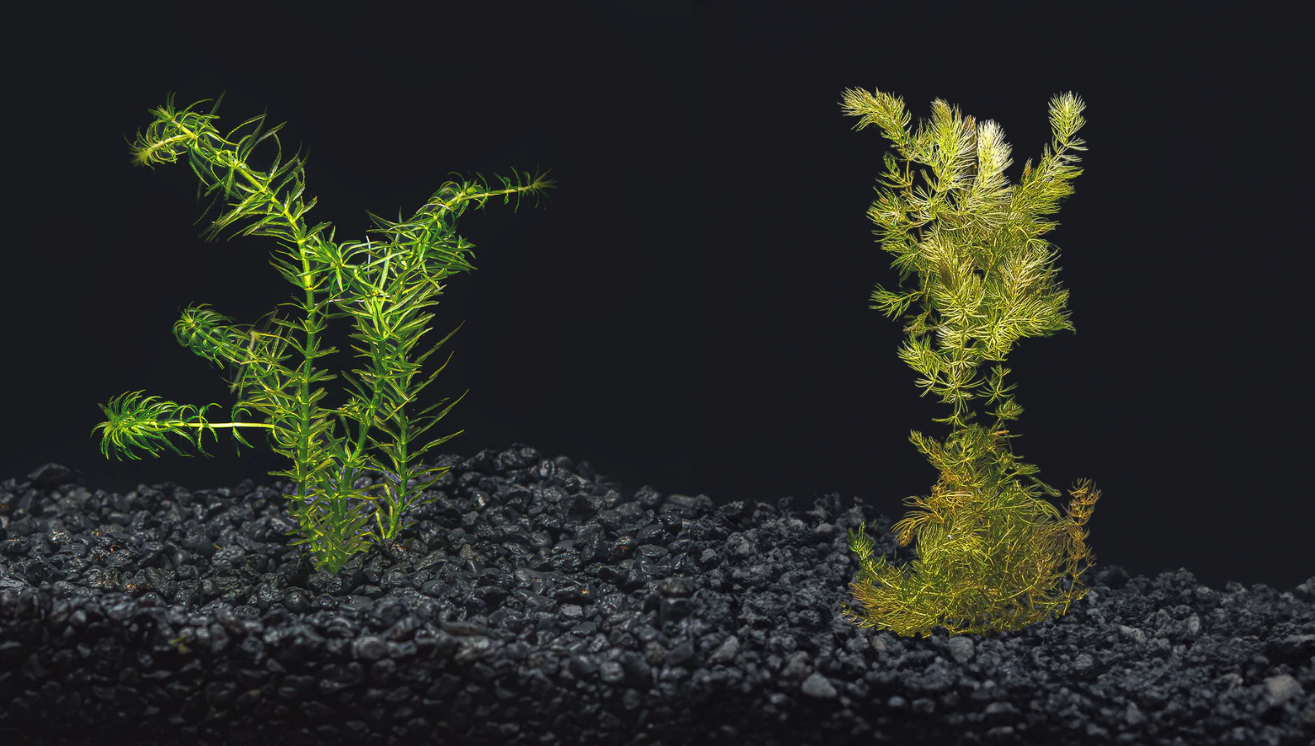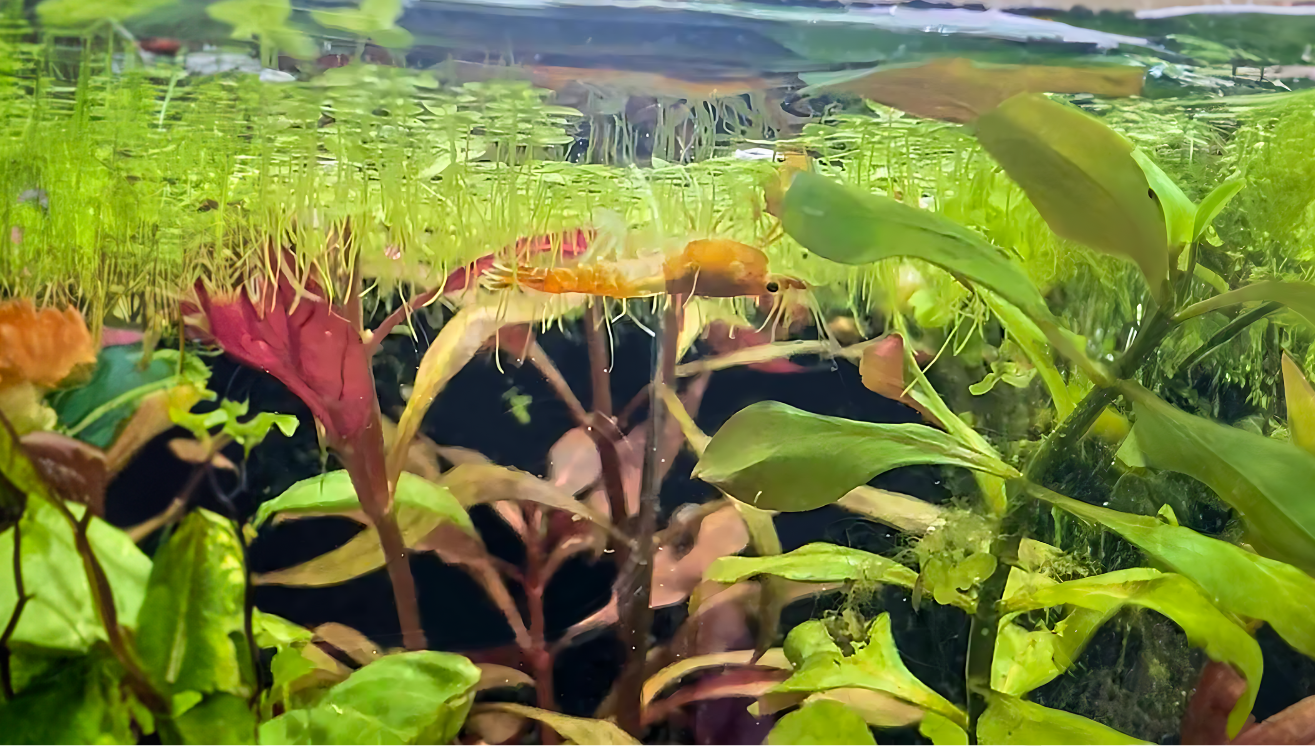Your Cart is Empty
Otocinclus catfish, commonly referred to as Otos, are among the most popular freshwater fish for aquarium hobbyists. Known for their algae-eating tendencies and peaceful nature, these small fish are a fantastic choice for keeping your tank clean while adding life to it.
Why Choose Otocinclus Catfish?

Otocinclus catfish are algae specialists, making them ideal for hobbyists who want an easier, more natural way to keep their aquarium algae-free. They thrive on soft green algae, which they diligently scrape off the surfaces of plants, hardscape, and tank glass.
Not only are they effective algae eaters, but their small size (1–2 inches) and gentle nature make them perfect for community tanks. They pose no threat to other inhabitants like shrimp, snails, or nano fish. Keep them in groups of 4–6 to promote natural behavior and reduce stress.
Caring for Otocinclus Catfish
While Otocinclus catfish are relatively hardy, they do require a few specific conditions to thrive.
1. What Are Good Parameters for Otocinclus Catfish?
These fish prefer well-maintained, stable tanks with consistent water parameters. A minimum tank size of 10 gallons is suitable, though larger tanks with plenty of algae-growing surfaces are even better. They love a heavily planted setup, good oxygenation, a gentle current, and a temperature of 70–79 °F with a pH of 6.0–7.5.
2. What Do Otocinclus Eat?

Though Otos are excellent algae eaters, they shouldn’t rely on algae alone. Supplement their diet with sinking kelp wafers and other high-quality, plant-based foods when algae are sparse.
3. What Are Good Tank Mates for Otocinclus?
Otocinclus are peaceful and get along well with small, non-aggressive fish like tetras, guppies, and rasboras, as well as invertebrates like shrimp and snails. Avoid large or aggressive species that might harass them.
4. How Big Do Otocinclus Get, and How Many Should You Keep?
These social fish max out at about 2 inches. A school of 4–6 reduces stress and encourages natural schooling behavior, making them more active and visible.
Common Health Concerns

One of the main challenges with Otocinclus is their sensitivity during acclimation. Introduce them slowly to prevent stress from sudden water-parameter changes, and maintain regular water changes to avoid ammonia spikes.
If algae supplies run low, they can become underfed. Supplement with vegetables and algae wafers to keep them healthy.
Otocinclus catfish are a fantastic addition to any aquarium. With the right care, they’ll thrive—keeping your tank clean and bringing vibrant life to your underwater world.









